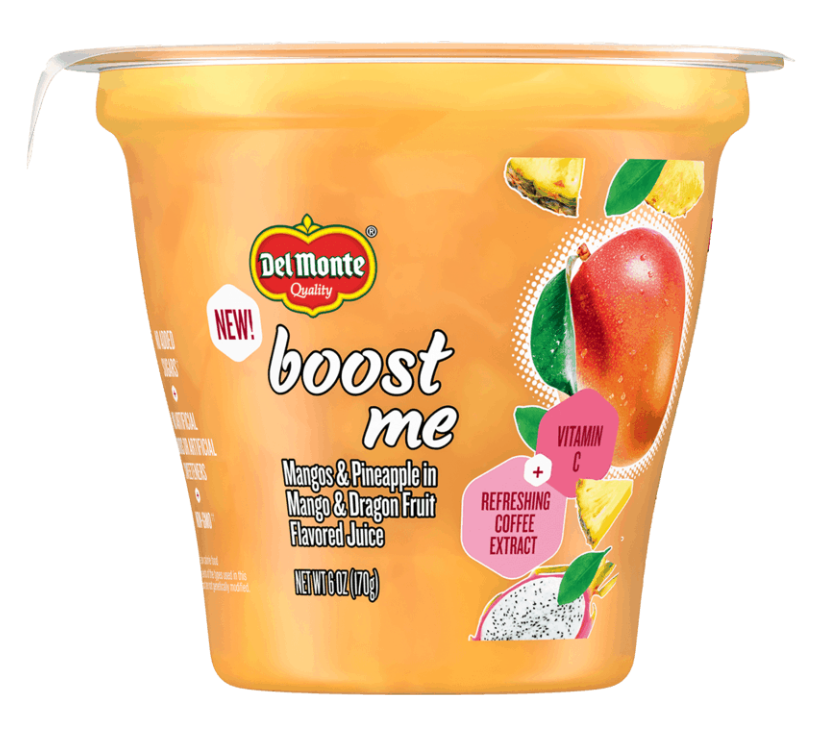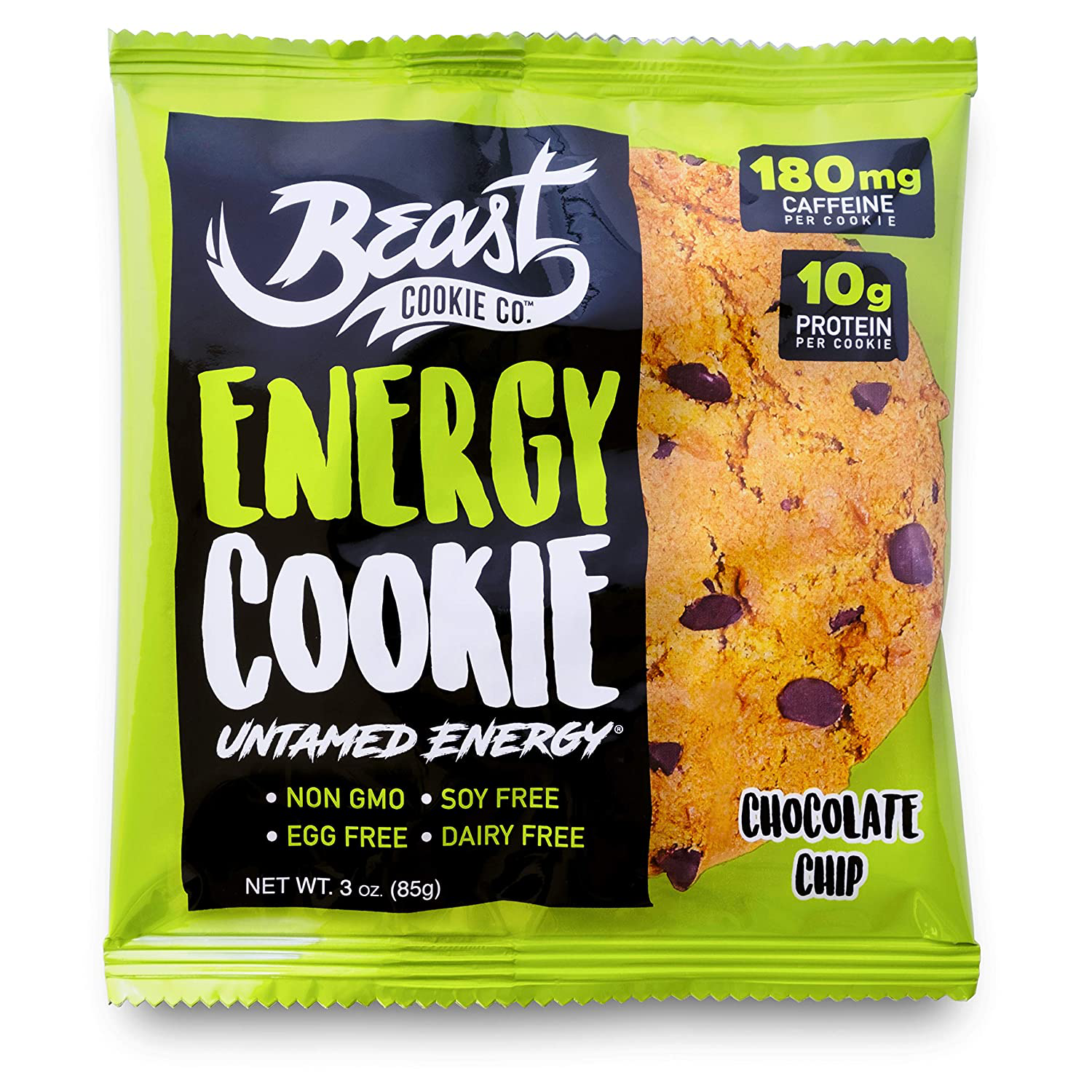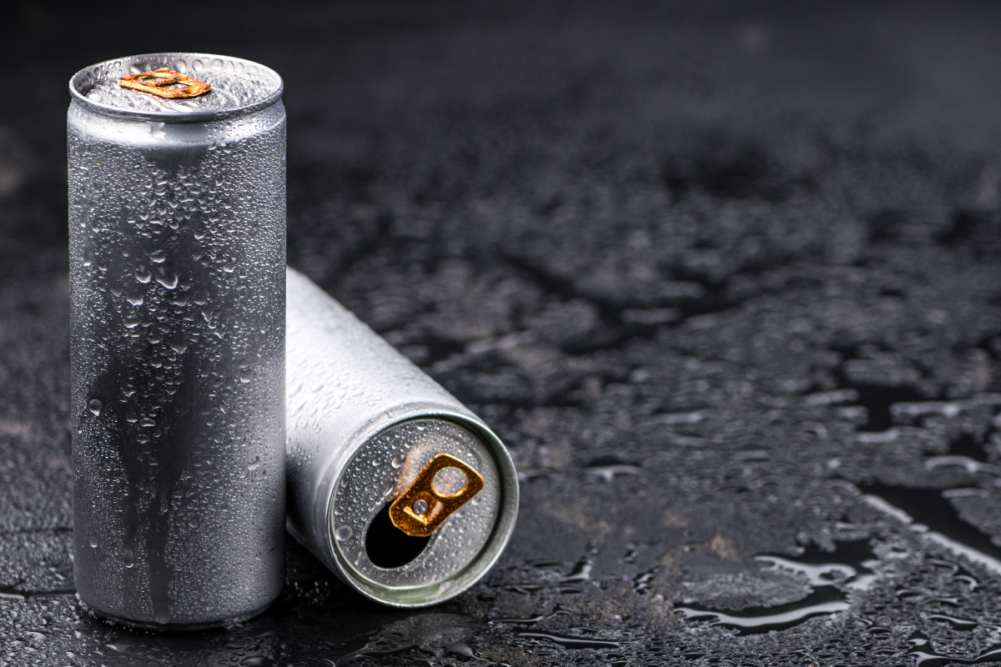CHICAGO — People are exhausted. While one may have thought that a slower-paced pandemic work week would have revitalized those who had been living hectic lives with long commutes, lack of sleep and dashboard dining, that’s not the case. Excessive screen time, working around the clock, and increased anxiety and stress have given rise to an energy-deprived population that wants to refuel both body and mind, preferably in a natural manner.
More than 4 in 10 consumers have increased their purchases of functional foods, beverages and supplements since the start of the pandemic, according to a global survey of 13,000 people across 16 countries conducted by Kerry, Beloit, Wis. Respondents were presented with a list of health areas and asked for what reasons they were buying wellness products. Thirty-nine percent picked improved energy.
Calories versus stimulant
While sugar-laden, caffeinated energy drinks have long been the go-to-source for a quick fix, consumers are seeking better-for-you options and not in a drinkable format. To develop such products, formulators are seeking to address the two types of energies consumers crave and the ingredients that provide these fuels.
Del Monte Foods Inc., Walnut Creek, Calif., is rolling out Del Monte Fruit Infusions, a refrigerated snacking concept featuring fruits with functional ingredients. The Boost Me variety contains mango and pineapple chunks in mango and dragon fruit-flavored juice, natural sources of sugar that are digested for physical energy. Boost Me also includes coffee extract, a natural source of caffeine for mental energy, and vitamin C, an antioxidant involved in the synthesis of carnitine, a molecule associated with metabolic energy.
Physical energy, also referred to as metabolic energy, comes from calories. It is produced via the Krebs cycle, a complex pathway that converts ingested carbohydrates, fats and proteins into a slow, steady stream of energy — adenosine triphosphate — during the process of aerobic respiration. This energy fuels the body’s cells to keep the body working, with the unit of energy measured in calories. In general, simple carbohydrates, namely refined sugars, tend to be quickly absorbed by the bloodstream after ingestion. They are responsible for a true quick metabolic energy boost.
 Many B vitamins are known to participate in this energy-producing process, though they themselves are not metabolized. They contain no calories and therefore are not energy. Still, because they are critical components in the Krebs cycle, they often are included in energy foods and beverages.
Many B vitamins are known to participate in this energy-producing process, though they themselves are not metabolized. They contain no calories and therefore are not energy. Still, because they are critical components in the Krebs cycle, they often are included in energy foods and beverages.
When it comes to metabolic energy, not all carbohydrates, fats and proteins are metabolized the same. Medium-chain triglyceride (MCT) oils, for example, are said to fuel the body with a sustained, clean energy that satiates appetite and reduces cravings. The MCT oil also has been shown to provide a cognitive boost, support fat burning and balance mood and hormone levels.
Specialty carbohydrates such as isomaltulose are recognized for providing sustained energy. Derived from sugar beets, isomaltulose is a fully digested carbohydrate, but it is digested more slowly than other sweeteners, resulting in a full supply of energy from glucose over a longer period of time.
Ribose, a naturally occurring sugar made in the body from glucose, also complements the body’s natural process of energy synthesis. Ribose helps to reduce the loss of energy during stress and accelerates energy and tissue recovery. Through this action, ribose helps muscles regenerate lost energy and potentially minimizes any physiological consequences of this energy depletion situation.
Proteins vary, too. Within the dairy sector, whey proteins are fast-digesting, providing a quick refuel to the body. Casein, on the other hand, is a slow-digesting protein, providing sustained energy. This is why sports enthusiasts often turn to everyday chocolate milk for a convenient energy fix. Milk contains both proteins, so it energizes immediately and later. The proteins also work with the sugars to help replenish energy stores in the muscle. The caffeine in the chocolate delivers an extra perk in the form of mental energy.
Mental energy comes from a stimulant, such as caffeine, which is not metabolized and therefore calorie free. It functions by attaching to receptors on brain cells, stimulating the brain and thereby increasing mental alertness. Consumers perceive this as being a boost in energy.
Caffeine is inherent to the leaves and fruits of an array of plants, which consumers tend to perceive as natural energy. Synthetic caffeine is also available as a white powder. Caffeine easily passes from the bloodstream into brain tissue, with synthetic forms known for being absorbed much faster.
Los Angeles-based Beast Cookie Co. developed a line of energy cookies, with one cookie containing 180 mg of caffeine from green tea extract and 10 grams of metabolic energy from a pea and rice protein blend. A cookie also contains 22 to 26 grams of sugar from quickly metabolized granulated sugar and cane syrup for an almost instant boost of physical energy.
Botanical benefits
Coffee, tea and chocolate are familiar forms of natural caffeine; however, a growing number of botanicals also are recognized as sources. In early 2021, Kerry surveyed more than 6,500 consumers across 12 countries for its “Botanical State of Mind” study.
“Our research uncovered the emotions associated with 55 botanicals (including coffee, tea and cocoa) and their corresponding perceived health benefits,” said Soumya Nair, marketing insights director-North America. “We also uncovered key opportunities to help (formulators) leverage botanicals and their unique personas to create consumer-winning concepts.”
A key opportunity is to use botanicals to deliver a healthy, better-for-you perception to functional products, as botanicals are perceived as being “from nature.” Forty-four percent of respondents identified energy support as a perceived benefit of consuming botanicals. In particular, consumers associate guarana and ginseng with energy.
Guarana extract is obtained from the seeds of the guarana plant’s fruit and is a concentrated source of caffeine. Ginseng is a caffeine-free stimulant obtained from more than a dozen species of ginseng plant. Korean Ginseng, the most common source, often is referred to as the original ginseng. The roots contain a wide array of nutrients, including antioxidants, vitamins, minerals and intriguing compounds called ginsenosides. It is these ginsenosides that are believed to have a stimulating metabolic effect on the central nervous system and provide a powerful boost to energy and stamina.
Guayusa extract is an up-and-coming source of caffeine. Obtained from leaves of the guayusa plant, the extract contains caffeine and theobromine, another natural stimulant. When the two stimulants are taken together, the consumer experiences a balanced energy lift without any jitters, crash or jolted buzz.
 Coffee fruit, also known as the coffee berry, is another trending source of caffeine. It is the fruit surrounding the coffee bean and traditionally was discarded as a byproduct of coffee production. Suppliers now are processing coffee fruit into a standardized ingredient. Scientific studies have shown it to be an antioxidant powerhouse with robust wellness qualities, including healthy energy, immune support, weight management, joint support and cognitive function.
Coffee fruit, also known as the coffee berry, is another trending source of caffeine. It is the fruit surrounding the coffee bean and traditionally was discarded as a byproduct of coffee production. Suppliers now are processing coffee fruit into a standardized ingredient. Scientific studies have shown it to be an antioxidant powerhouse with robust wellness qualities, including healthy energy, immune support, weight management, joint support and cognitive function.
The most common caffeinated botanicals — coffee, tea and chocolate — continue to gain momentum in the energy space. A February survey of 600 primary US grocery shoppers by Cargill North American Cocoa & Chocolate, Minneapolis, showed 59% of consumers turn to chocolate for an energy boost and 52% report chocolate gets them through a tough day.
When it comes to coffee, roasting impacts caffeine content. With tea, fermentation reduces caffeine content.
All “real” tea is made from leaves of the same evergreen plant: Camellia sinensis. The leaves are simply processed differently to achieve varying flavor dimensions. Traditional black tea undergoes a full fermentation step after the leaves have been picked. This is not a microbial fermentation but rather a series of reactions caused by the natural enzymes in the tea leaf that produce thousands of natural compounds. Oolong tea undergoes a partial fermentation while green and white tea has almost no fermentation. Green tea is recognized as a dense source of natural caffeine and is further concentrated into an extract for food and beverage.
“Light roast coffee is made from coffee beans that have been lightly roasted and allowed just enough time for them to cook, but not enough to be completely depleted of moisture,” said Nora Tobin, chief executive officer, Nora’s Naturals Coffee, Santa Barbara, Calif. “This results in a coffee that is more fruity and herbal in taste; however, the biggest take away is the caffeine content.
“Light roast has the most caffeine content out of all the coffees and higher antioxidant properties due to the bean not being broken down as much by the intense heat of roasting. It also tends to be more acidic, which despite the high antioxidant properties, can be hard on some people.”
Dark roast coffee, on the other hand, is produced using coffee beans that have been cooked for as long as possible, without burning and turning the flavor into something that resembles charcoal. It is much less acidic than light roast, but also lower in caffeine content.
Recognizing that both roasts energize in their own unique ways, Ms. Tobin sources a single-origin organic coffee harvested on a multigenerational farm in the Nicaraguan Finca La Isabela mountain range and roasts it to specification in California. The coffee is grown in volcanic soil rich in silica, which is essential for collagen production, and packed with antioxidants for extra benefits.





